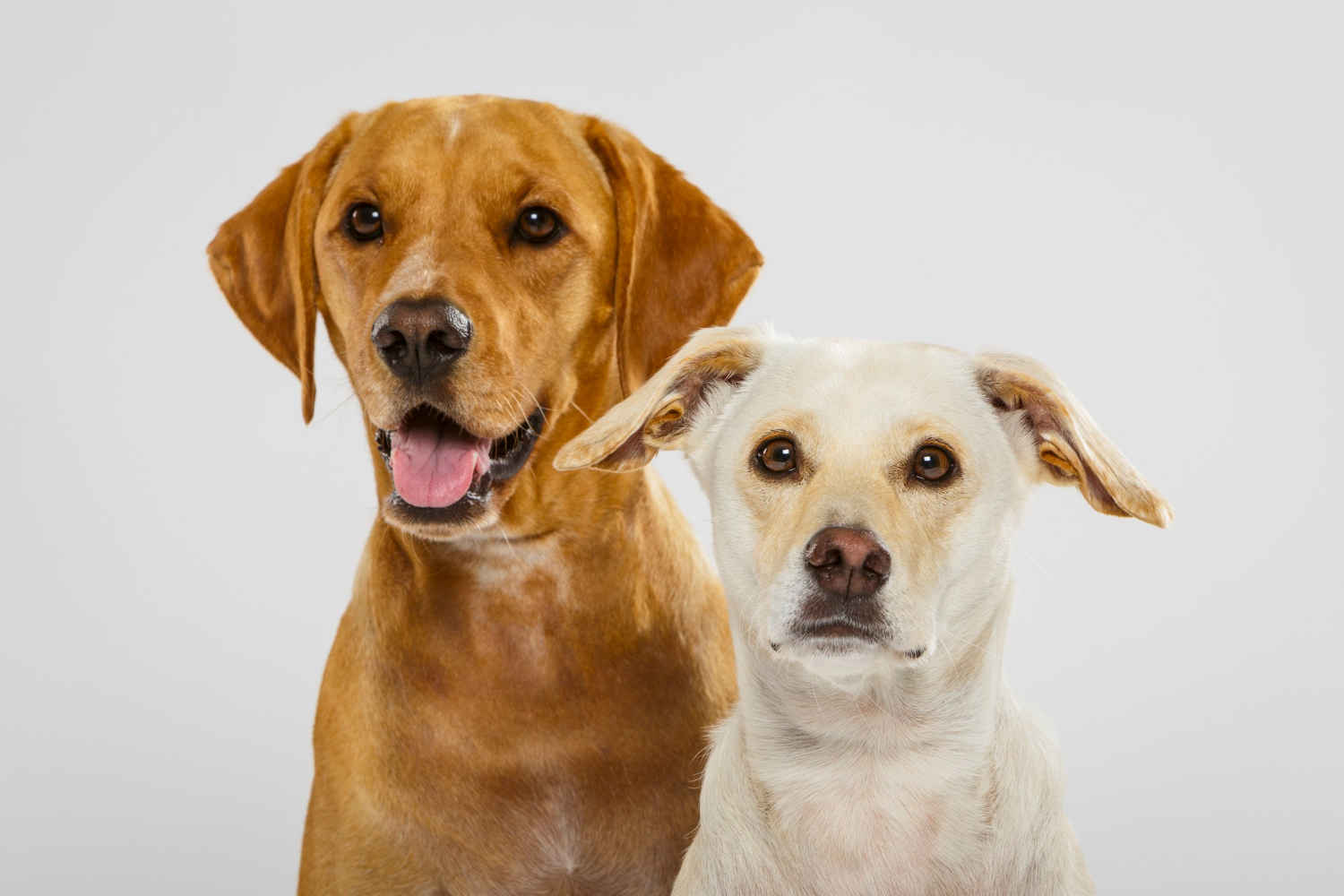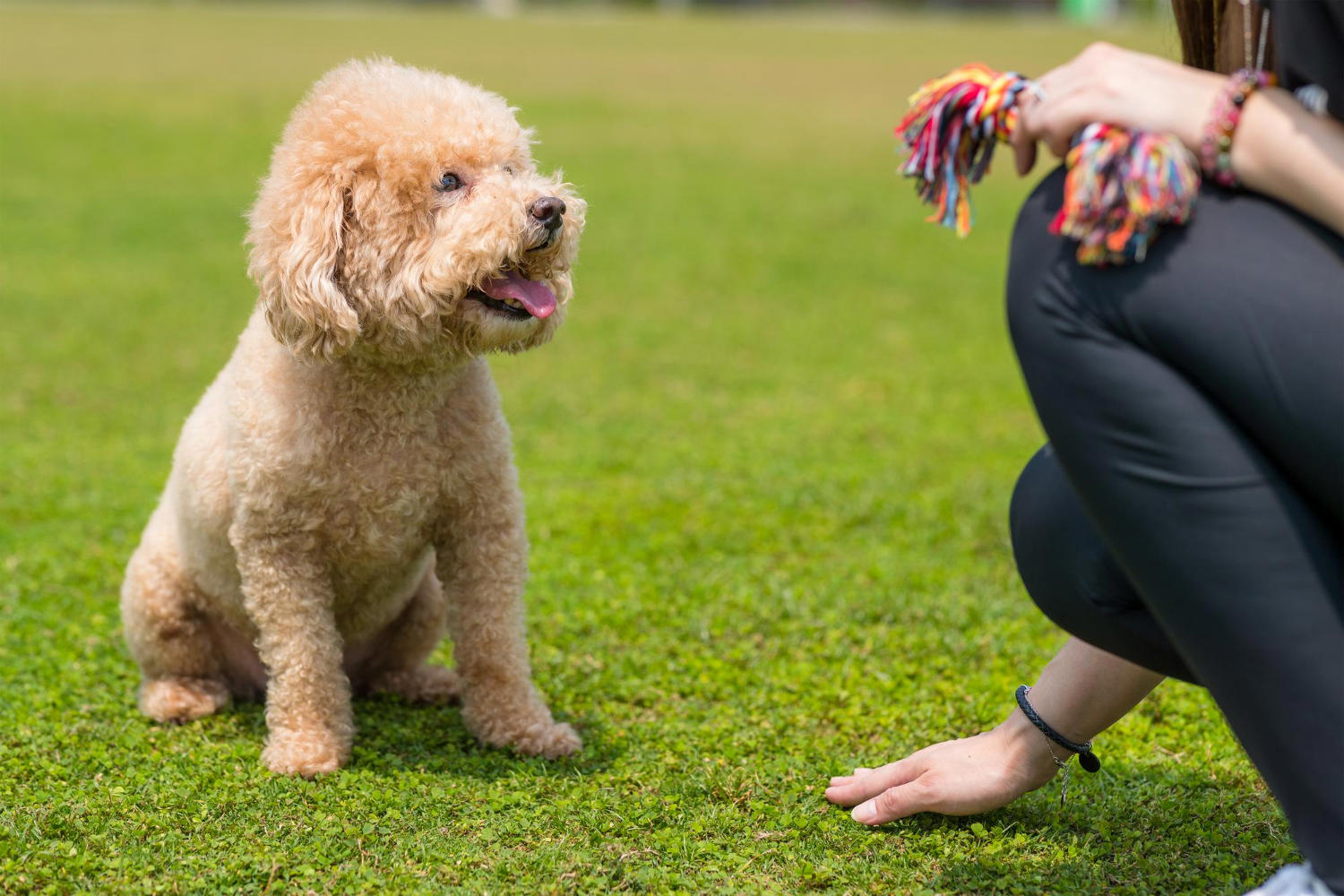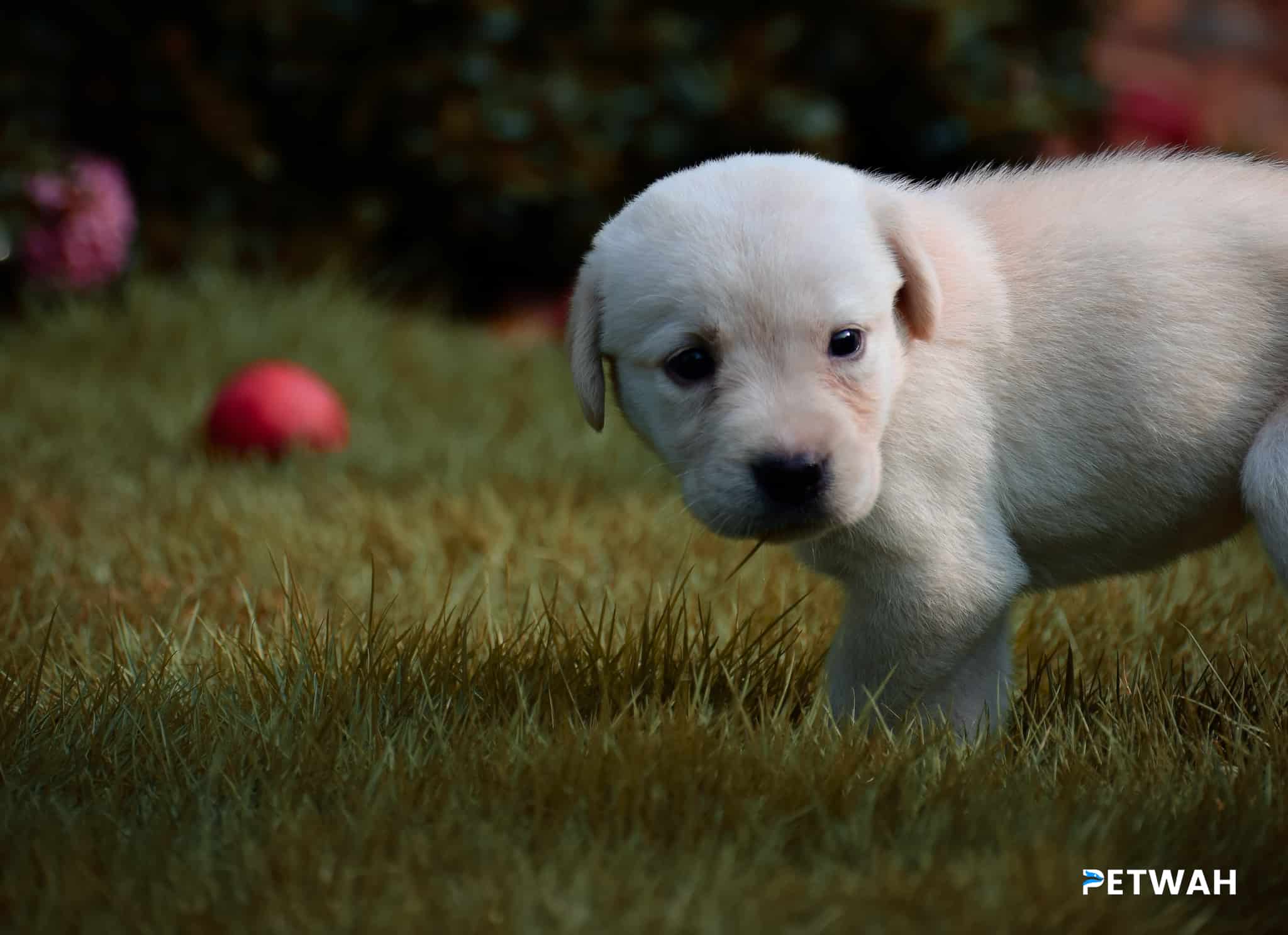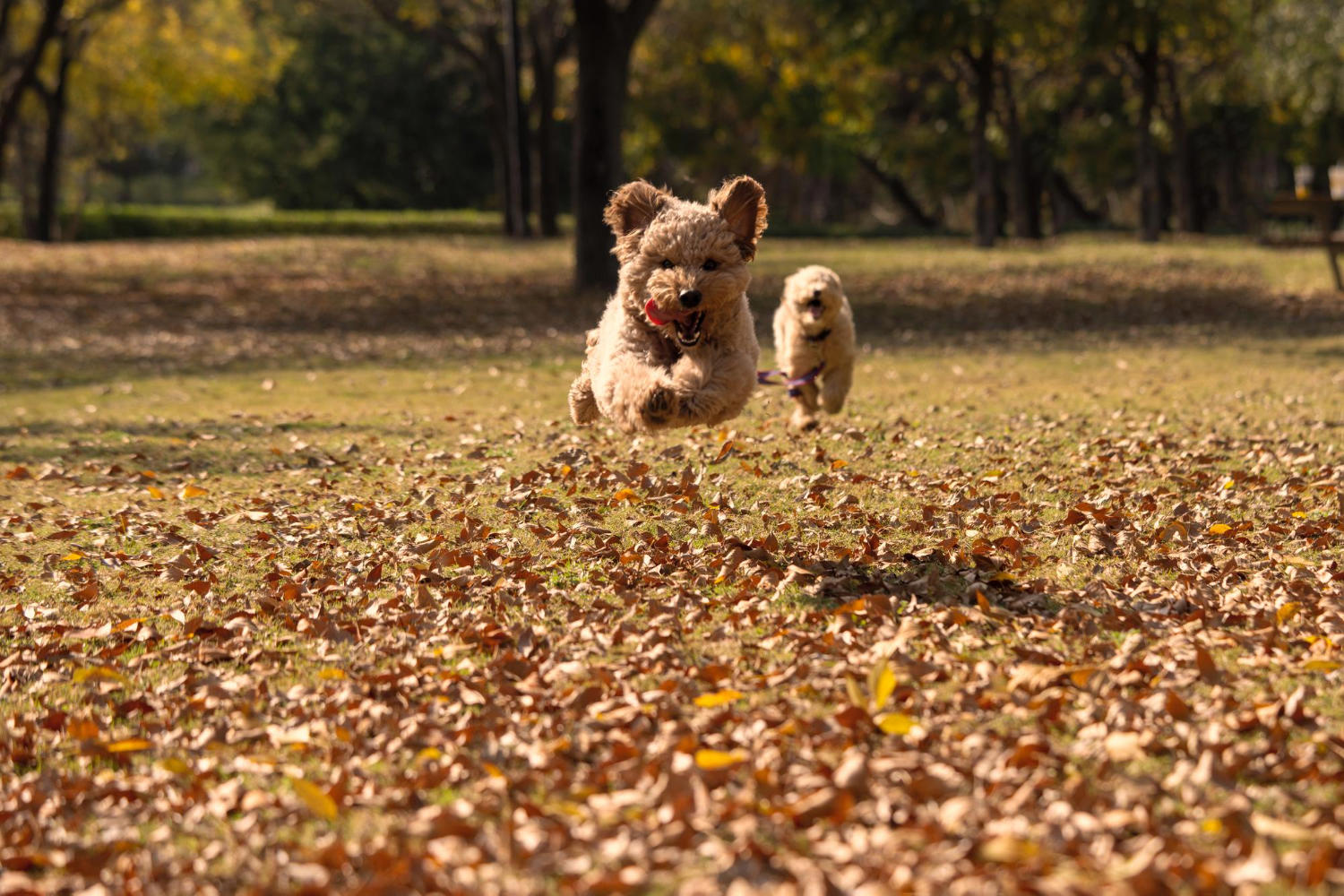Dogs are known for their love of food, and sometimes they can be quite picky about what they eat. Have you ever wondered why your furry friend prefers certain foods over others? It turns out that there’s science behind canine taste buds that plays a crucial role in their food preferences. In this blog post, we’ll explore the fascinating world of canine taste buds and uncover the reasons why your dog may turn their nose up at certain foods. So, grab a bowl of kibble and let’s dive in!
Dogs are known for their exceptional ability to sniff out and taste different kinds of foods. From scavenging for scraps to being served gourmet meals, dogs have been domesticated for centuries and have developed their own unique food preferences. As their owners, it’s our responsibility to provide them with the nutrition they need to stay healthy and happy. But why do dogs have food preferences in the first place? In this blog post, we’ll explore the science behind canine taste buds and what makes them so picky about their meals.
Taste buds are the sensory organs on the tongue that allow us to taste different flavors. Humans have around 9,000 taste buds, while dogs have only around 1,700. This may seem like a big difference, but it’s important to note that dogs have a much stronger sense of smell than humans. In fact, a dog’s sense of smell is up to 100,000 times more powerful than ours. This means that even though they have fewer taste buds, they are still able to detect and distinguish different flavors in their food.
One of the main reasons why dogs have food preferences is because of their evolutionary history. Dogs are descendants of wolves, who were hunters and scavengers in the wild. As a result, dogs have adapted to prefer certain foods that were readily available in their natural habitat. For example, dogs are known to be attracted to the smell of meat, which was a staple in a wolf’s diet. This is why many commercial dog foods are made with meat as the main ingredient.
However, there are other factors that can influence a dog’s food preferences. Just like humans, dogs have individual tastes and preferences. Some dogs may prefer sweet or savory flavors, while others may prefer more bland or spicy foods. This can be influenced by genetics, as certain breeds may have a predisposition for certain tastes. For example, Labrador Retrievers are known for their love of food and may be more inclined to eat anything that’s put in front of them.

Another factor that can influence a dog’s food preferences is their environment and upbringing. Dogs who were raised on a certain type of food may develop a preference for it later in life. For example, a dog who was fed a diet of table scraps as a puppy may develop a taste for human food and be less inclined to eat commercial dog food. Similarly, dogs who are exposed to a variety of flavors and textures may have a more adventurous palate.
So, what can we do as pet owners to ensure that our dogs are getting the nutrition they need while still satisfying their food preferences? The key is to find a balance between what your dog likes to eat and what they need to eat to stay healthy. It’s important to choose a high-quality dog food that is tailored to your dog’s age, breed, and activity level. This will ensure that they are getting the right balance of protein, carbohydrates, and other essential nutrients.
You can also try incorporating different flavors and textures into your dog’s diet. For example, you can mix in some canned food with their kibble or add some fresh fruits and vegetables as treats. Just be sure to avoid giving your dog foods that are toxic to them, such as chocolate, onions, and grapes.
Overall, dogs have food preferences for a variety of reasons, including their evolutionary history, genetics, and environment. As pet owners, it’s important to understand these factors and find a balance between what our dogs like to eat and what they need to eat to stay healthy. By choosing high-quality dog food and incorporating a variety of flavors and textures, we can ensure that our furry friends are happy and healthy for years to come.
In conclusion, it’s important to understand that dogs have individual food preferences just like humans. These preferences are influenced by several factors, including genetics, environment, and past experiences. By understanding the science behind canine taste buds, we can better cater to our furry friends’ taste preferences and provide them with a healthy and balanced diet that they will enjoy. As responsible dog owners, we should always prioritize our dogs’ nutritional needs and keep them happy and healthy by providing them with the right food.





.jpg)


